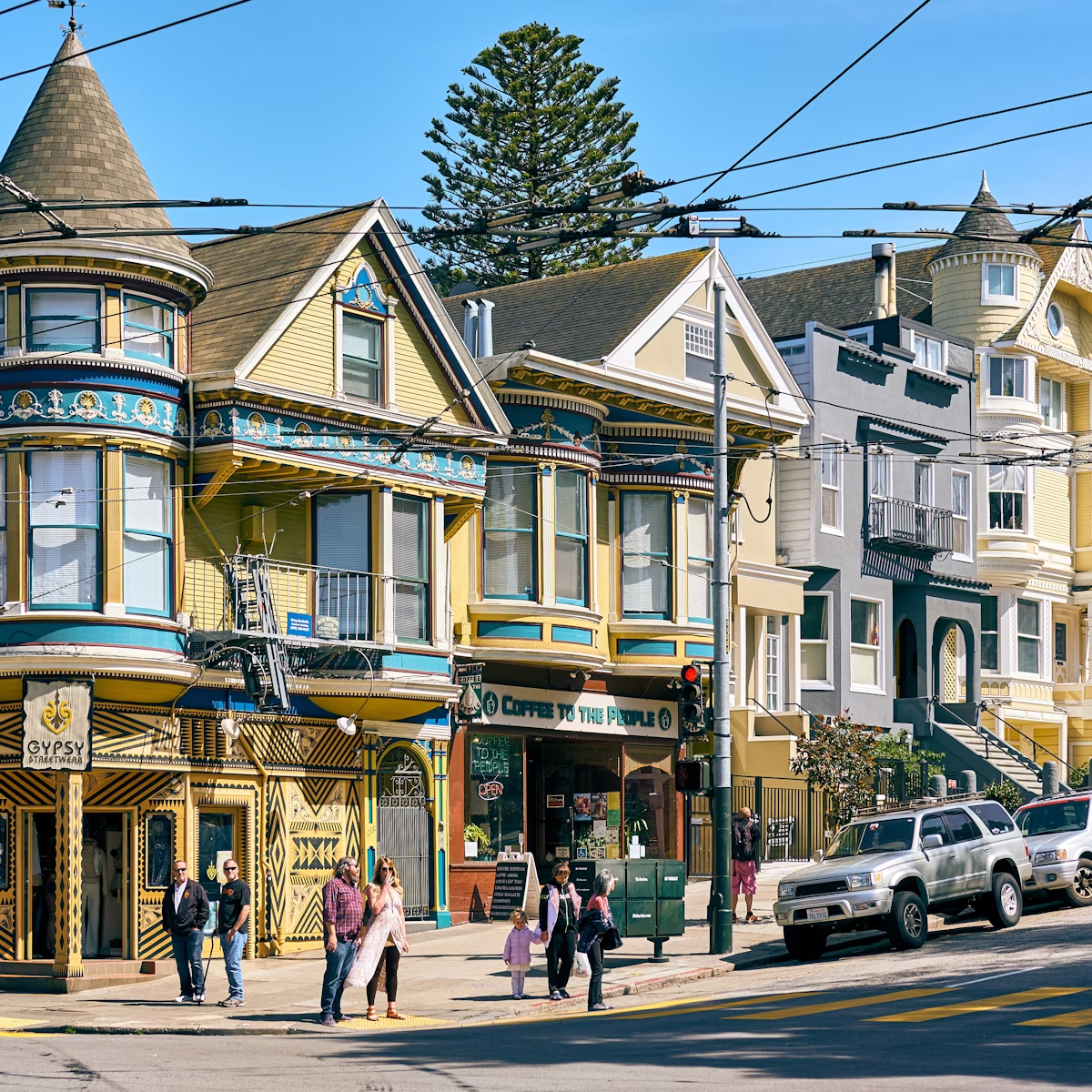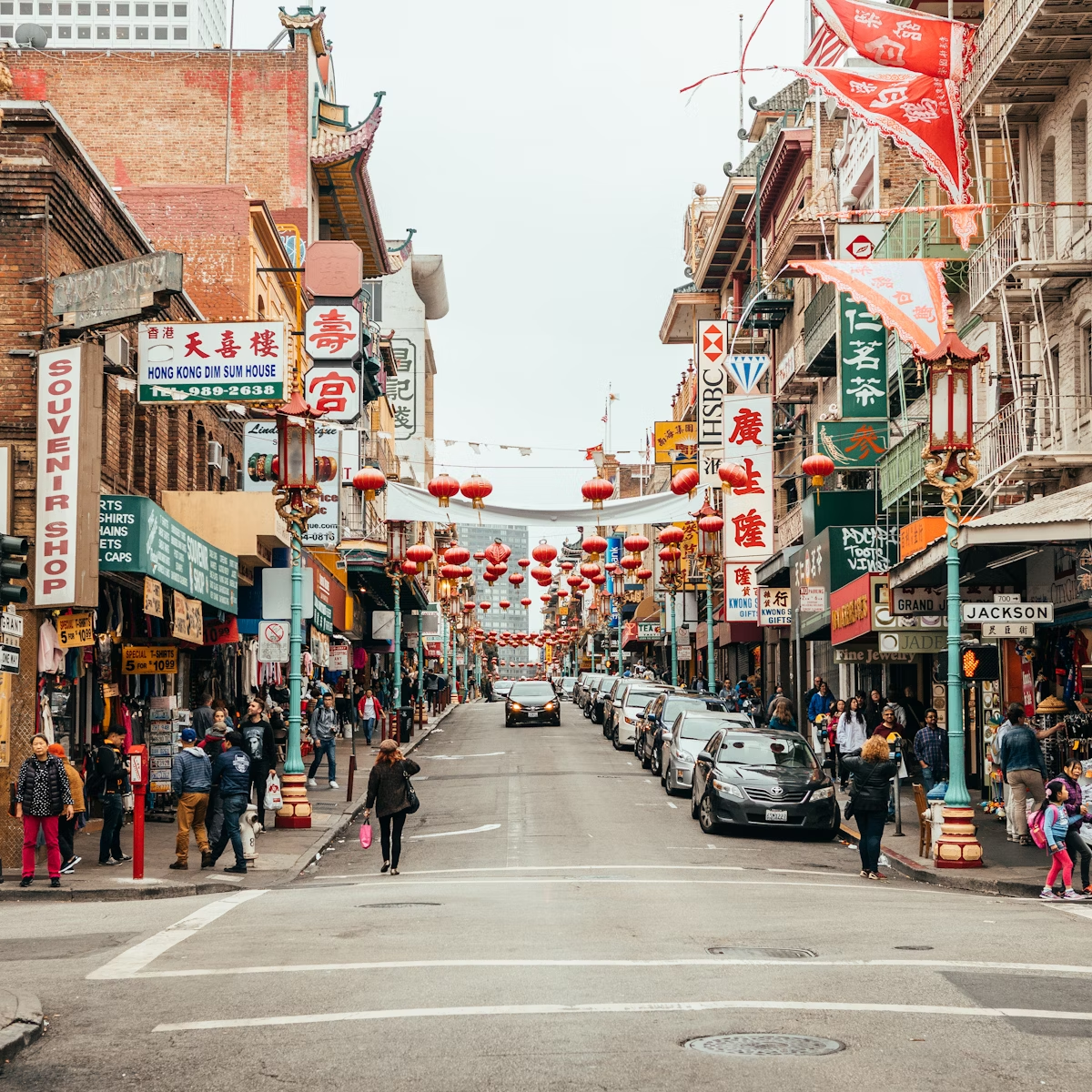When Frederick Law Olmsted, architect of New York's Central Park, gazed in 1865 upon the plot of land San Francisco Mayor Frank McCoppin wanted to turn into a vast city park, he was understandably skeptical. Here was a swath of 1,013 acres of unlovely, dubious sand dunes on the outskirts of town, buffeted by powerful winds blowing in off the dark grey Pacific. The landscape architect turned down the job, despite the opportunity to create a park bigger than New York's before his first masterpiece was even finished.
But Olmstead would have to chuckle, and change his tune, a century later to see what Golden Gate Park became – from bonsai, buffalo, and redwoods to Frisbees, free music, and free spirits, when in the 1960s San Francisco's back yard became the epicenter of the Summer of Love. Today it still seems to contain just about everything its denizens love about their city.
You could wander the park for a week and still not see it all – but any given visit is a chance to walk through San Francisco history, from the park's oldest corners at its eastern end to where the park's borders give way to surf spots on the Pacific coast.
Walk through history in Golden Gate Park
The creation of Golden Gate Park
Golden Gate Park was the brain child of several local politicians angling to flip a piece of former Mexican territory on the outskirts of San Francisco into a profitable expansion of the growing city. Not the least of these city schemers was then-mayor Frank McCoppin, who saw an opportunity to not only give San Franciscans more elbow room while lining his own pockets on construction grift, but also solve a problem that had lead to lengthy legal battles – namely, the presence of well-to-do and opportunistic squatters trying to lay claim to the Outside Lands now that San Francisco's fortunes looked rosy.
Despite Olmsted's assertion a park larger than New York's Central would never succeed on the proposed site, tenacious young civil engineer William Hammond Hall and master gardener John McLaren got to work. They had a unique vision for the time that would banish commercial eyesores like casinos, resorts, racetracks and an igloo village and instead showcase mother nature. It was an unorthodox view in an era when Central Park wasn't even yet complete, ten years before even such majestic and one-of-a-kind landscapes as Yellowstone would be preserved from development as national parks.
What to do in Golden Gate Park
Ultimately, McCoppin, Hall and McLaren had their ways, producing a green space that "feels wild....shaggy and labyrinthine and confusing," in the words of Gary Kimya, scholar of San Francisco history. Indeed, he wrote in Cool Grey City of Love: 49 Views of San Francisco that "The paradox of Golden Gate Park is that its wildness is almost completely man-made. Every inch of the park had to be won. The loss of San Francisco's great sand dunes...is tragic...but [represents an] ultimately triumphant negotiation between man and the world."
Several of Golden Gate Park's earliest features give teeth to that assessment. The Conservatory of Flowers, opened in 1879 and filled with rare specimens from South and Central America and aquatic Plants native to the Amazon. Stow Lake was created in 1893 with its picturesque Strawberry Hill, a favorite for families for over a hundred years.
The Japanese Tea Garden is another early success – the oldest such public Japanese garden in the United States, it's been here since the California Midwinter International Exposition of 1894. The carefully tended garden is full of imported plants, birds, and fish that have flourished for over a century in the once-inhospitable Outside Lands far from their native Nippon.
In 1906, nearly forty years after the dunes turned into a park larger than Olmstead's masterpiece, the devastating earthquake that shook San Francisco left thousands of refugees camping out in parks around the city, from Dolores Park in the Mission to Golden Gate Park. Some of the shacks built by the US Army to house earthquake victims were later moved to permanent lots, and are still in use today.
As the city recovered, several new institutions found a home in Golden Gate Park, including the including the Kezar Stadium (former home to the Oakland Raiders), California Academy of Sciences and the de Young Museum. The park's beloved Windmills bookended the earthquake, one built in 1903 and the other in 1908. The spiky Dahlia Garden appeared in the mid-1920s, as did the Shakespeare Garden with its collection of 200 plants mentioned in the Bard's writings.
The WPA and the Summer of Love
During the Great Depression, the Works Progress Administration was not only busy decorating Coit Tower with controversial murals, they were adding new features to Golden Gate Park, including the San Francisco Botanical Garden, the archery field, Anglers Lodge, and the Model Yacht Club. They also restored the 1926 art deco Horseshoe Pits, and built the Beach Chalet with its gorgeous frescos that tell the story of Golden Gate Park's construction.
Most impressive, the Hoover Grove of giant sequoia were planted in 1930 to honor casualties from World War I, on the south edge of Martin Luther King Jr. Drive. Here you can peep these towering giants without driving out to the Marin Headlands and Muir Woods National Monument. So much for Olmstead's jab that "There is not a full-grown tree of beautiful proportions near San Francisco."
The park's features and usages continued to evolve over the decades. Stow Lake's lovely boathouse was added in 1946. Twenty years later, in the Panhandle fringes of the park near Haight-Ashbury, the Human Be-In ushered in the Summer of Love, when thousands of youth were drawn to Hippie Hill by the promise of utopia fueled by free concerts from local bands and plentiful cannabis and LSD. Visit Golden Gate Park on April 20th of any given year (and, let's be honest, in certain pockets any day of the week) and you'll catch a whiff of the Hippie Hill scene from fifty years ago.
Golden Gate Park today
One of the most recent permanent additions to Golden Gate Park is the National AIDS Memorial Grove. Built in 1991, it's a touching tribute to the millions of lives lost during the plague years, which hit San Francisco's queer community hard and left the city shaken after the dark 1980s.
That's not all, however. The park is still constantly evolving year to year. Today Golden Gate Park hosts events like the Bay to Breakers 12K race, as well as the Hardly Strictly Bluegrass and Outside Lands music festivals which take place every October. In December, the Christmas lights are a draw for families and visitors.
In 2020, the city celebrated the park's 150th anniversary with temporary art installations like local artist Charles Gadeken's Entwined light show in Peacock Meadow (240 John F Kennedy Drive). Another new addition to mark the anniversary was the SkyStar Wheel, Golden Gate Park's own ferris wheel that will be in place until March of 2025. That same year, protestors marked Juneteenth by toppling some of the park's historic statues, including those of Francis Scott Key, Padre Junipero Serra, and Ulysses S. Grant.
Other changes during the COVID-19 pandemic have included the Golden Gate Park Sunday Roller Disco Party, a free community-led party for roller skaters at "Skatin' Place," a spot near 6th Ave & Kennedy Drive, most Sundays from noon to 5PM that features live DJs.
Keep your eyes pealed during the summer months for one of the 12 pianos hidden around the Botanical Garden for anyone to play, part of an event called Flower Piano that includes free piano lessons, community sing-alongs at sunset, and more.
Getting to Golden Gate Park
At over three miles long and half a mile long, there's a lot of ground to cover in Golden Gate Park, and a lot of entrances. The most popular entrance is in the Panhandle via Fell St, but coming in from 9th Avenue off Lincoln puts you right by some prime attractions.
JFK serves as one of the main arteries in the park for cars, along with Transverse Drive, Chain of Lakes Drive, and 25th Ave/Crossover Drive/19th Ave/Park Presidio – these later streets are not part of the Slow Streets program the city has implemented during the COVID-19 pandemic to give San Franciscans more room to walk and bike away from crowds. Check the park website to see the latest on road closures for events and other initiatives.
Biking, walking, and skating are all popular here. Numerous bus and trolly routes serve Golden Gate Park, too, and you'll find entry points lining the side of the park all the way around its perimeter.
The park is open 24 hours a day, seven days a week. There are restrooms sprinkled throughout the park,
Vehicle parking in Golden Gate Park
There are over 4,700 street parking spots throughout the park. Accessible parking is available at the McLaren Lodge, Music Concourse (behind Bandshell), MLK Drive & Music Concourse and on JFK/Transverse Drive.
The 800-space Music Concourse garage ($33 for the day) as well as over 4,700 street parking spots throughout the park. Music Concourse garage is the main parking lot for the SkyStar Observation Wheel, as well as the De Young Museum, several gardens, and Cal Academy. It can be reached via Fulton St. at 10th Avenue and is open every day of the week from 7AM to 7PM.
The Golden Gate Park shuttle
The Golden Gate Park free shuttle runs from 9AM to 6PM on a cadence of every 15 to 20 minutes on Saturdays and Sundays, as well as on city holidays.
















